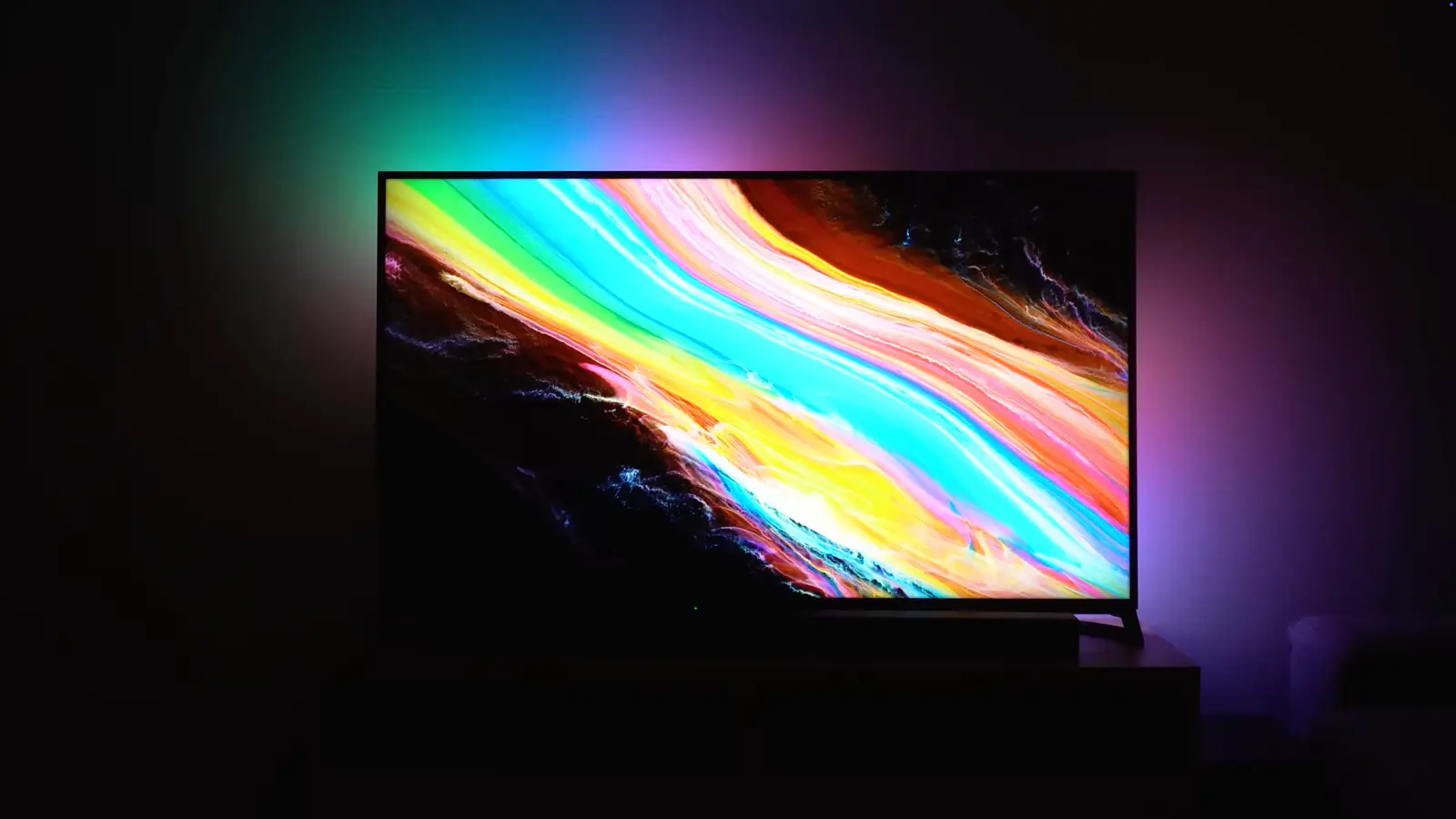Copyright XDA Developers

If you’re renting a home, like roughly one-third of Americans to date, you don’t have to sacrifice function just because you can’t drill holes or wire the place for Ethernet. There’s more than one way to create a functional smart home as a renter: thanks to the invention of tools like smart plugs and Home Assistant, it’s pretty simple to make your home “smart” without worrying about permanent damage or breaking the bank. Before you get started, you should consider what you want from your smart home. Are you interested in automating everything from lighting to security to your appliances? Do you want your smart devices to be online? Or are you just interested in making a few functions easier to use? Whatever the case, as a renter, you can scale your smart home as you go with these simple tips and tricks. Start with your network Your smart home is only as smart as the network it relies on Before you get started buying devices, you should consider how you’d like your network to handle them. If you’re opting to keep most of your smart devices online, I recommend creating a separate network for them so they don’t interfere with or pose a security risk to your main devices. You can do that in a couple of ways, but creating a guest network will be the easiest. Next, you should consider the health of your router. If you’re still using your ISP’s router, now may be a good time to upgrade to a mesh system, or another high-performing router with security features you can control more easily. If you’re opting for mesh, you can easily connect some devices via Ethernet, as most mesh nodes come with Ethernet ports. Lastly, if you’re trying to prioritize security and privacy, consider an offline smart home. You can set one up by creating a virtual local area network (VLAN) for your devices and using a system like Home Assistant (it’s free and open-source) to manage them. Most smart devices don’t need to connect to the internet to be functional, and the less information they can share about you, the better. Smart plugs are your friend Just don't go too crazy If you’re just starting your smart home journey, smart plugs are an easy and affordable way to get started without committing to a smart appliance or security system just yet. By buying a few smart plugs, you can essentially make any wired appliance “smart” by connecting it to your network for remote control. This is particularly handy for space heaters, fans, and lamps that aren’t compatible with smart bulbs. There are plenty of benefits to smart plugs beyond their “on/off” functions, and a major one is their ability to monitor energy usage. Plenty of newer smart plugs have an energy-monitoring feature, allowing you to identify which devices use more energy than others and set automatic functions to turn them off. Make your lighting smarter Pick functions and settings that work for you Lighting is everything in a comfortable home, and there’s an easy way to make your lighting “smart” via smart bulbs, smart switches, or light strips. You can make it easier to adjust lighting for particular settings (nighttime, work time, party time, etc.), automate or voice activate those functions, and create a schedule that works for you and your family. Smart light switches aren’t always as renter-friendly as smart bulbs, though sometimes they’re as simple as replacing a light switch; they’re a simple solution to streamlining your smart lighting. Invest in a good, scalable security system You don't need to drill holes to create a good security system Not all smart locks and cameras are renter-friendly, but plenty of them are. Smart locks that fit over existing locks allow you to secure your front door without drilling holes or replacing locks, and smart doorbells that mount on your door are easy to install and remove. Similarly, you can mount indoor smart security cameras if you’d like to keep tabs on a pet or your home while you’re away, and wireless security cameras are a good option for renter-friendly outdoor security. Additionally, you can invest in window and door sensors that function as both a security feature to ensure your windows and doors stay shut while you’re away and a way to trigger lighting in a room. Don't go overboard with smart devices Start with a manageable network It may be tempting to plug everything into your smart plugs or invest in cool voice assistants, but you should only invest in what makes sense for your space andneeds. Not everyone needs a smart coffee maker or a voice assistant in every room. Additionally, not all smart devices are compatible with each other, so consider your long-term goals and how you’d like to manage your smart home before making your first purchases. When building a smart home as a renter, decide what essential functions you’d like your equipment and system to do. Usually, you can assign those functions and devices to specific rooms in your house, making your smart home easier to manage. Get organized Figure out what you want most from your Internet of Things Now that you know which devices and rooms are the most important, you can easily control them from a central hub. Not all smart devices will be compatible with Apple’s Home Hub or Google Home, so keep that in mind as you find the devices that work best for you, or consider using Home Assistant to manage multiple devices from one place. While you’re planning your smart home, consider where to place wired smart devices and plugs. With some planning, you can optimize where you're placing Ethernet cables, smart plugs, and cords without creating chaos. If you’re energy conscious, smart bulbs can be an efficient way to keep track of how much energy you’re actually using and to conserve it, and you can also invest in renter-friendly smart thermostats that save you money over time. Remember, you don’t have to automate everything that you connect to Home Assistant, though it may be tempting. You can build your dream smart home starting now You don't have to wait until you own your home to outfit it with dependable tech. There are plenty of renter-friendly smart devices that will make your life easier and start you on your smart home journey. Just remember to do some planning beforehand and consider how you'd like to manage your devices and network. You likely only need a handful of smart plugs and smart bulbs to get started. Lastly, make sure the other residents in your home are on the same page about the functions you're creating. It's easy to get carried away when you're just getting started, but the key to building a truly smart home is making sure that it works for everyone.



